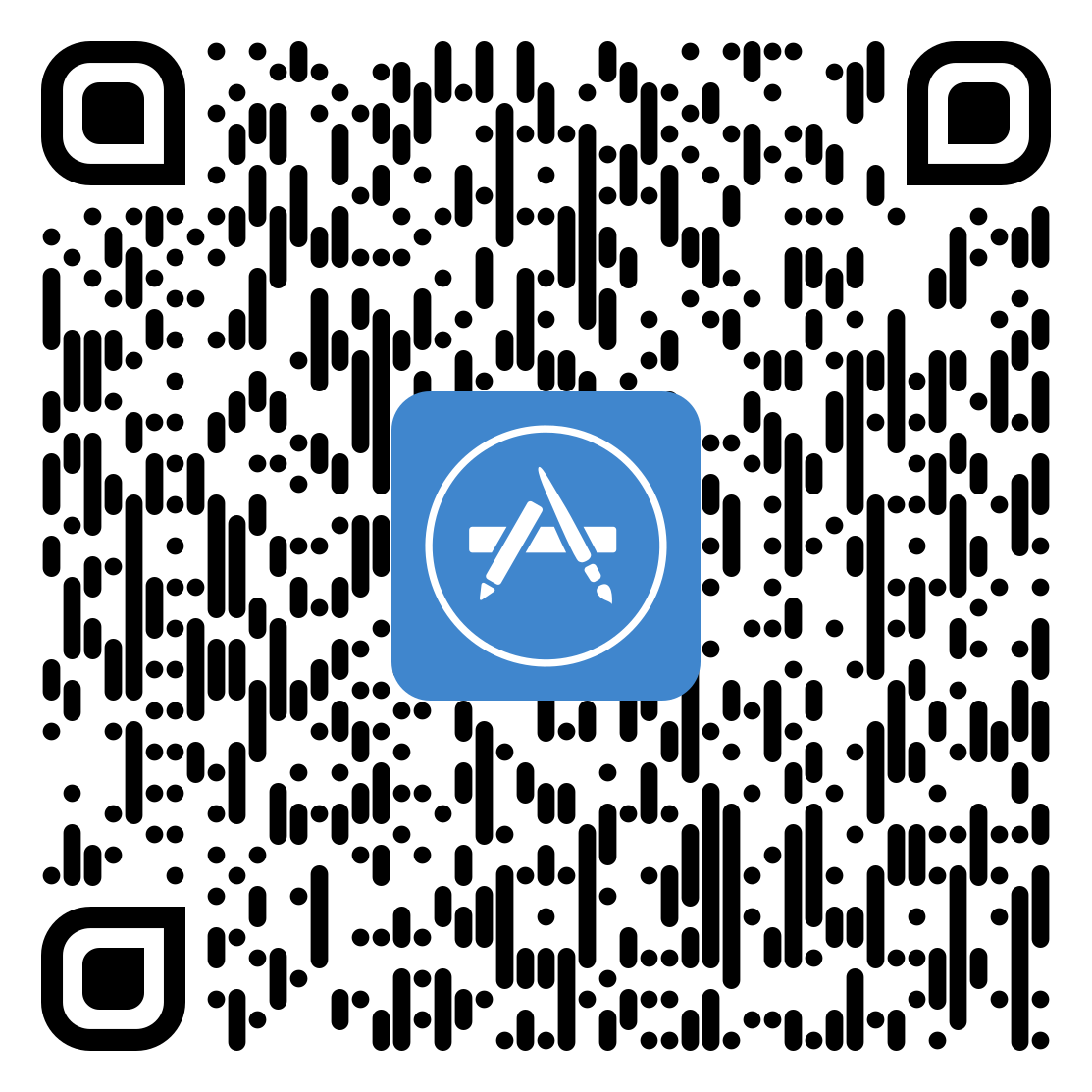Quick Response (QR) codes have become an integral part of our digital landscape. They offer a convenient and efficient way to access information or engage with various services. These compact square patterns of black and white have evolved from their initial use in automotive manufacturing to become a versatile tool for businesses and individuals alike. In this article, we explore some important aspects of QR codes, shedding light on their significance, benefits, and diverse applications.
QR Codes: Ease of Use and Accessibility
One of the key advantages of QR codes lies in their simplicity and accessibility. All that is required is a smartphone or tablet equipped with a camera and a QR scanning application. Users can quickly scan the code using their device’s camera, and with a simple tap, they are directed to the associated content or action. This user-friendly approach eliminates the need for manually typing URLs or searching for specific information, saving time and effort.
Quick response codes find application across numerous industries and sectors. For businesses, they offer a valuable marketing tool. Companies can print QR codes on physical products, packaging, or marketing materials to provide customers with additional information, promotions, or discounts. QR codes are also widely used for mobile payments, allowing users to make secure transactions by scanning a code rather than using cash or cards.
QR codes empower businesses and organizations to enhance customer engagement and interaction. By scanning a QR, users can access multimedia content, such as videos, audio clips, or interactive presentations. This feature is particularly useful in advertising campaigns, where marketers can create captivating experiences and tell compelling stories.
 Business cards with Qr code
Business cards with Qr code
QR codes have become an integral part of smart business cards revolutionizing the way information is exchanged and accessed. In the context of smart business cards, QR codes offer a convenient way to share contact details, links, social media profiles, or even personalized messages. By including a QR code on a business card, individuals can ensure that recipients have instant access to their digital presence. They eliminate the need for manual data entry and enhance networking opportunities.
Digital menus
In the realm of digital menus, QR codes have gained significant popularity, especially in restaurants, cafes, and bars. Instead of traditional paper menus, establishments now provide smart menus that customers can scan using their smartphones. This approach offers several benefits. Firstly, it reduces costs and environmental impact by eliminating the need for printing and regularly updating physical menus. Additionally, it provides flexibility, as restaurants can easily modify menu items, add specials, and also accommodate dietary preferences without the hassle of reprinting. Customers can conveniently browse through the menu on their own devices, place orders directly, and even make payments, all with a simple scan of the QR code.
In a world where convenience, efficiency, and connectivity are paramount, QR codes have emerged as an invaluable tool. With their ease of use, diverse applications, enhanced engagement opportunities, and data tracking capabilities, QRs have revolutionized the way we interact with information and services. QR codes have proven to be a versatile and indispensable tool for businesses of all types and sizes. As technology continues to evolve, we can undeniably expect Quick Response codes to become even more integral to our digital lives, facilitating seamless interactions and unlocking endless possibilities.

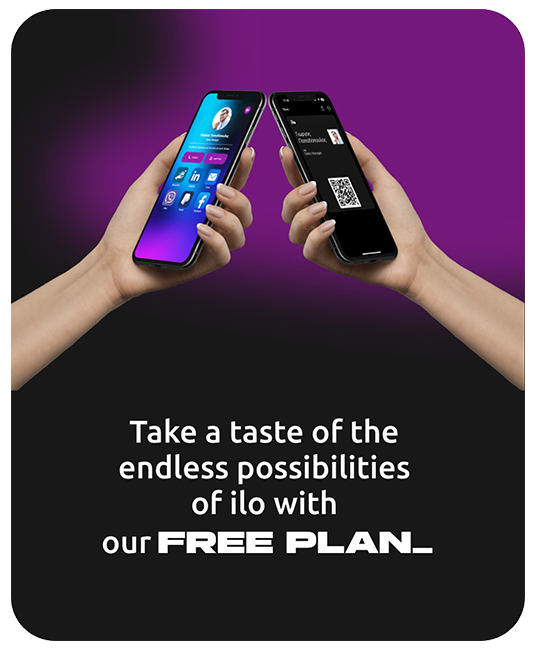
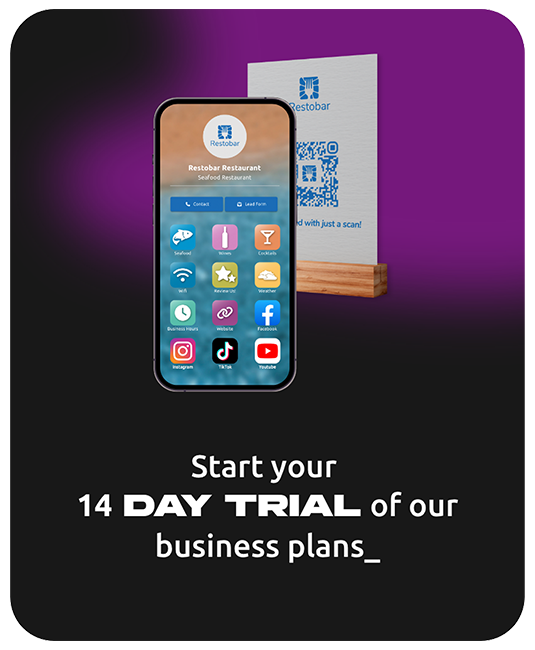
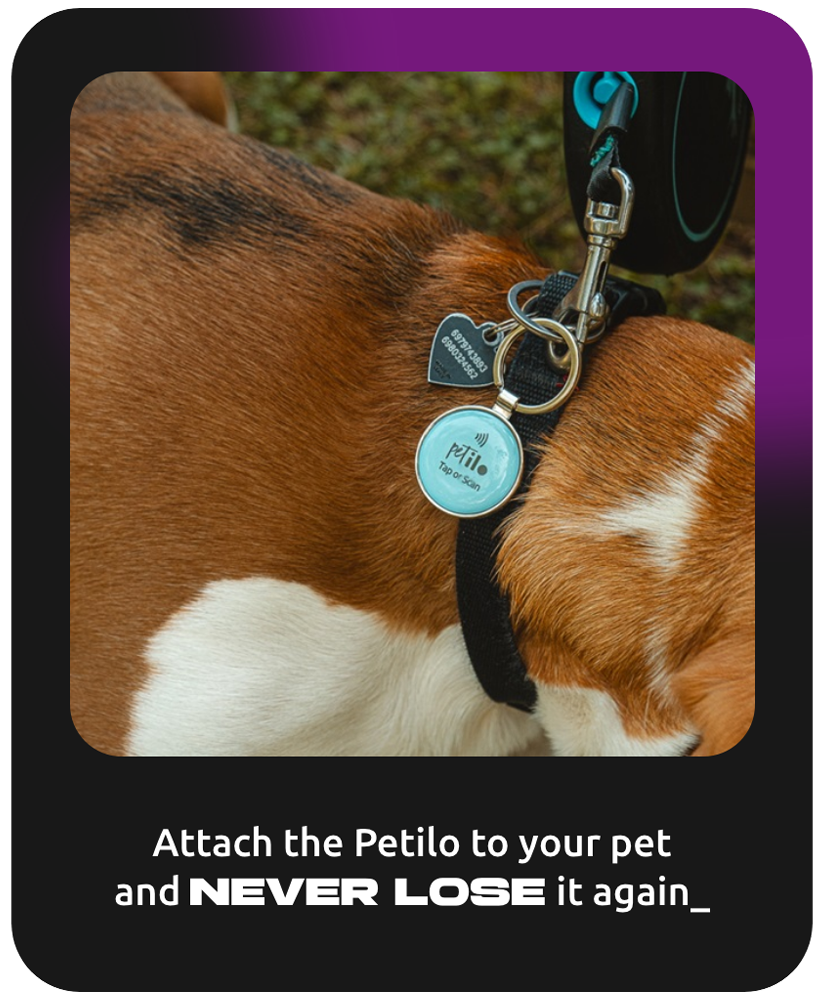
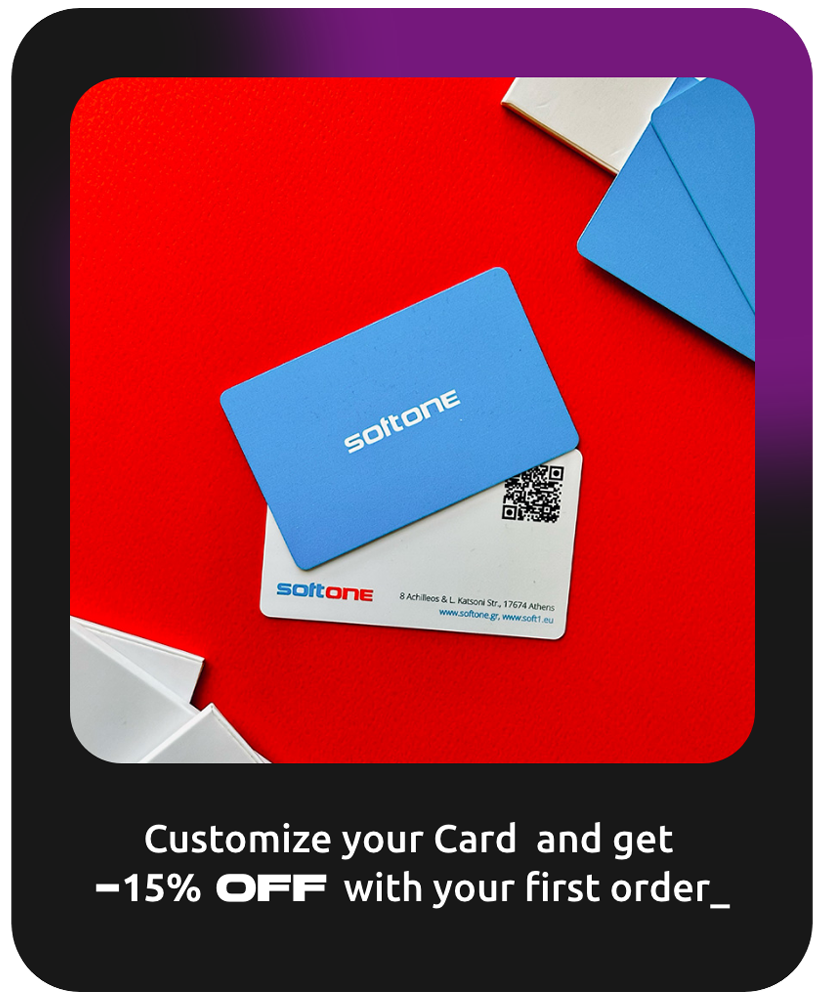
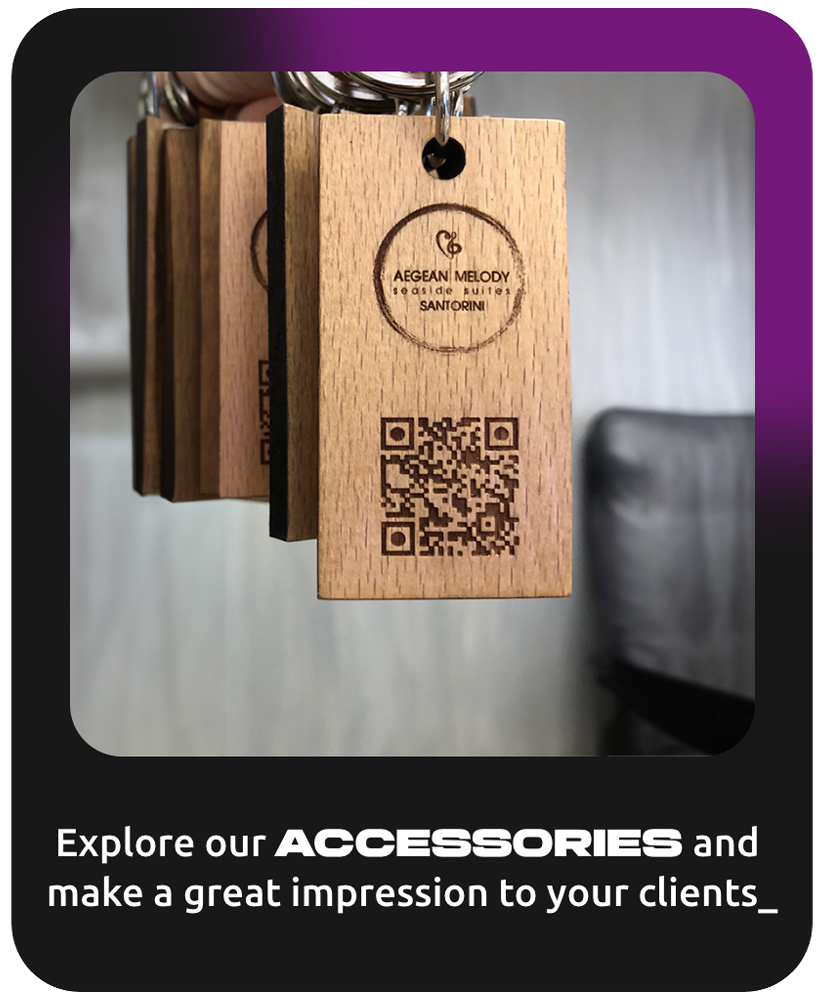
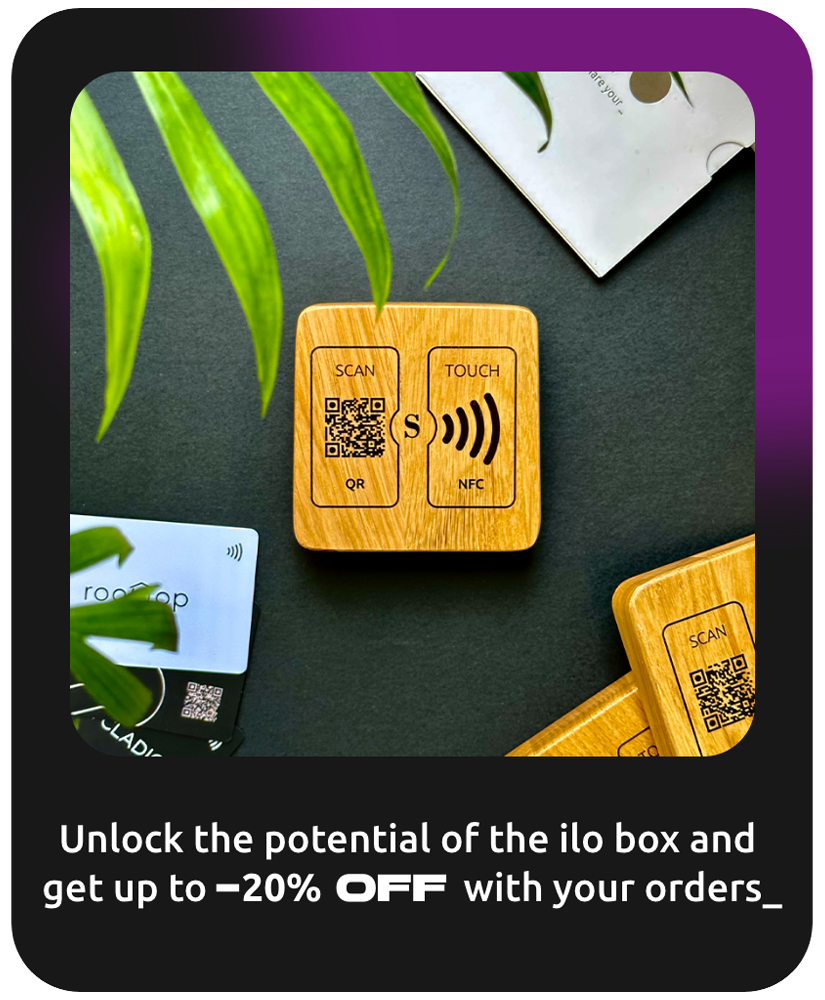
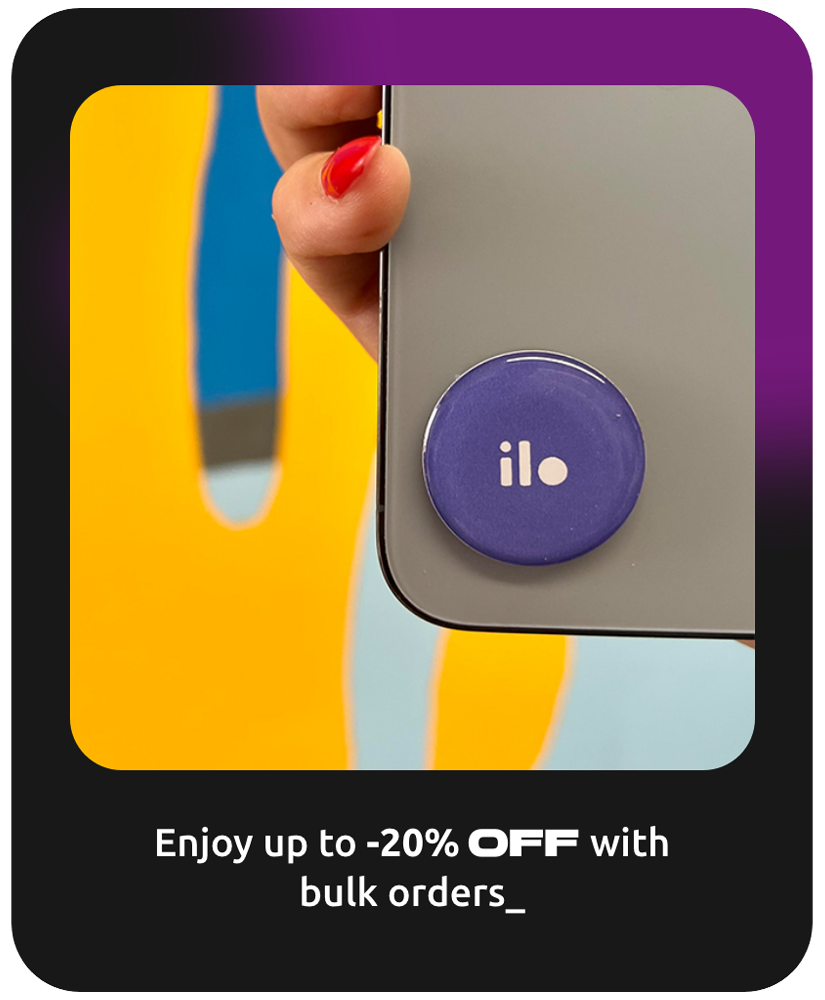

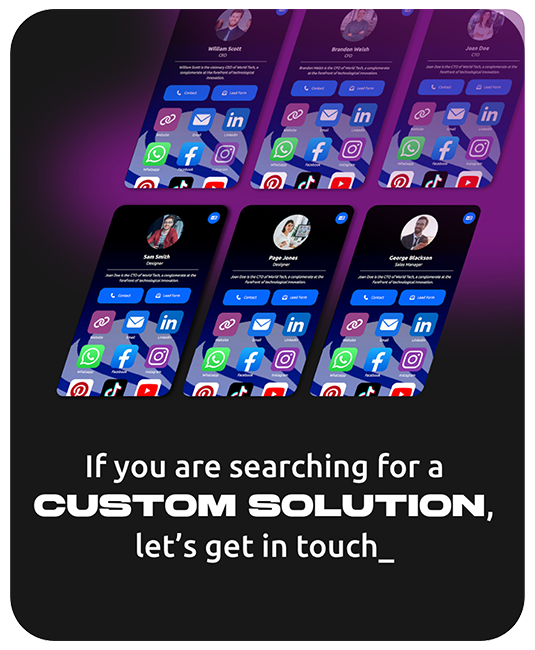
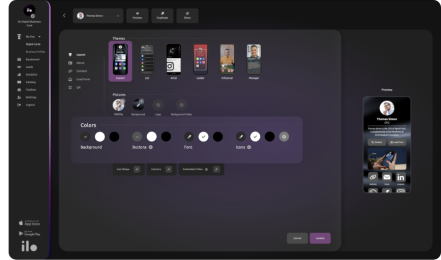
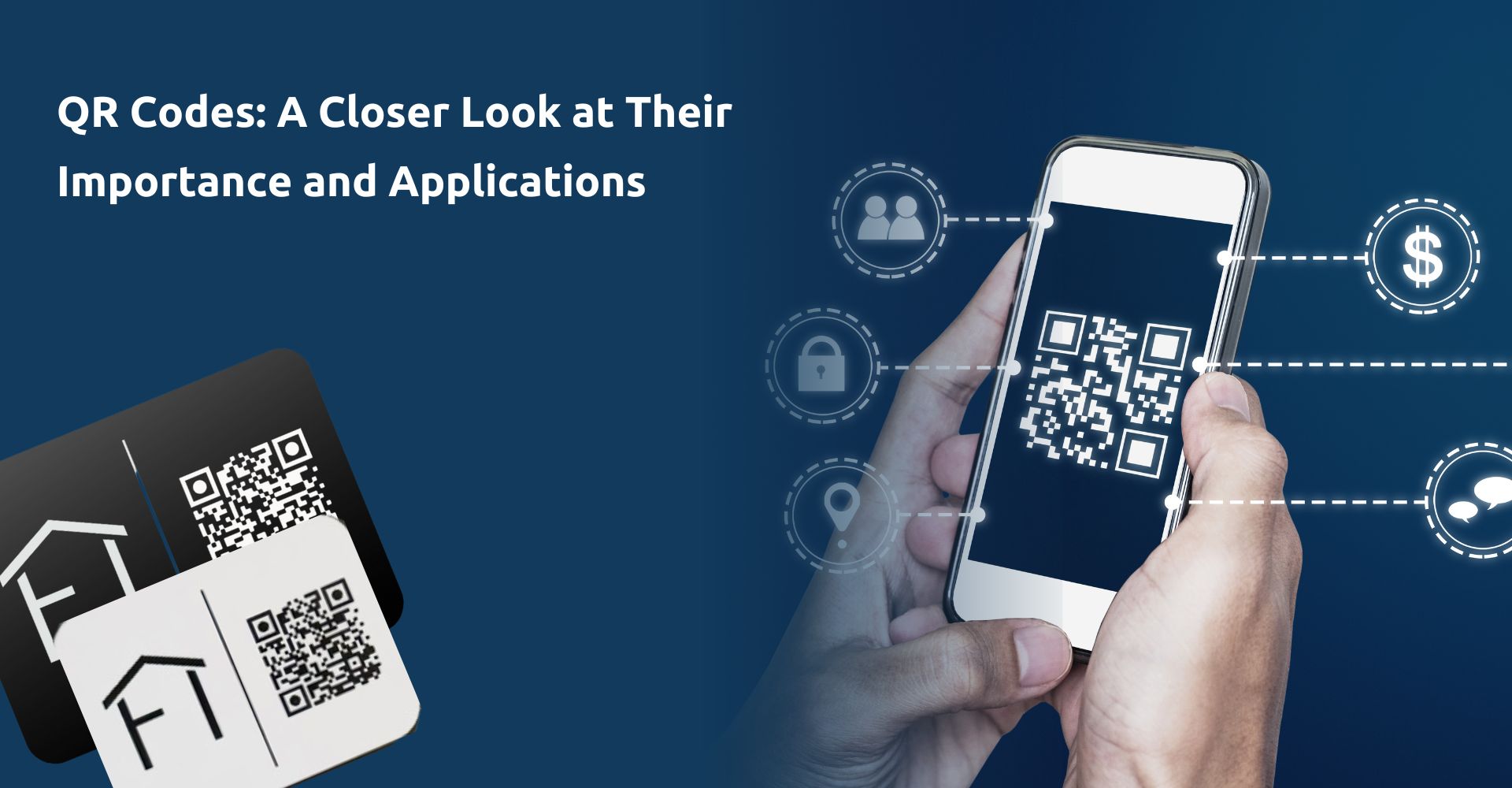
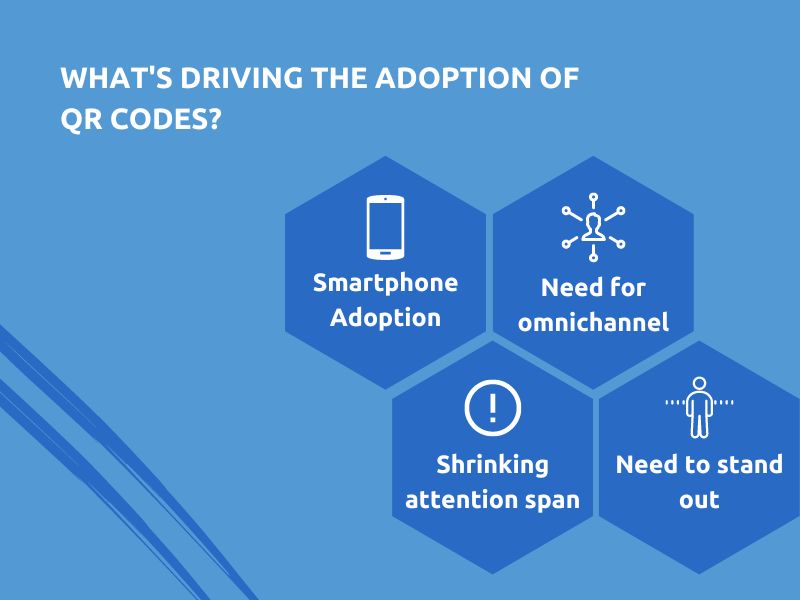 Business cards with Qr code
Business cards with Qr code
